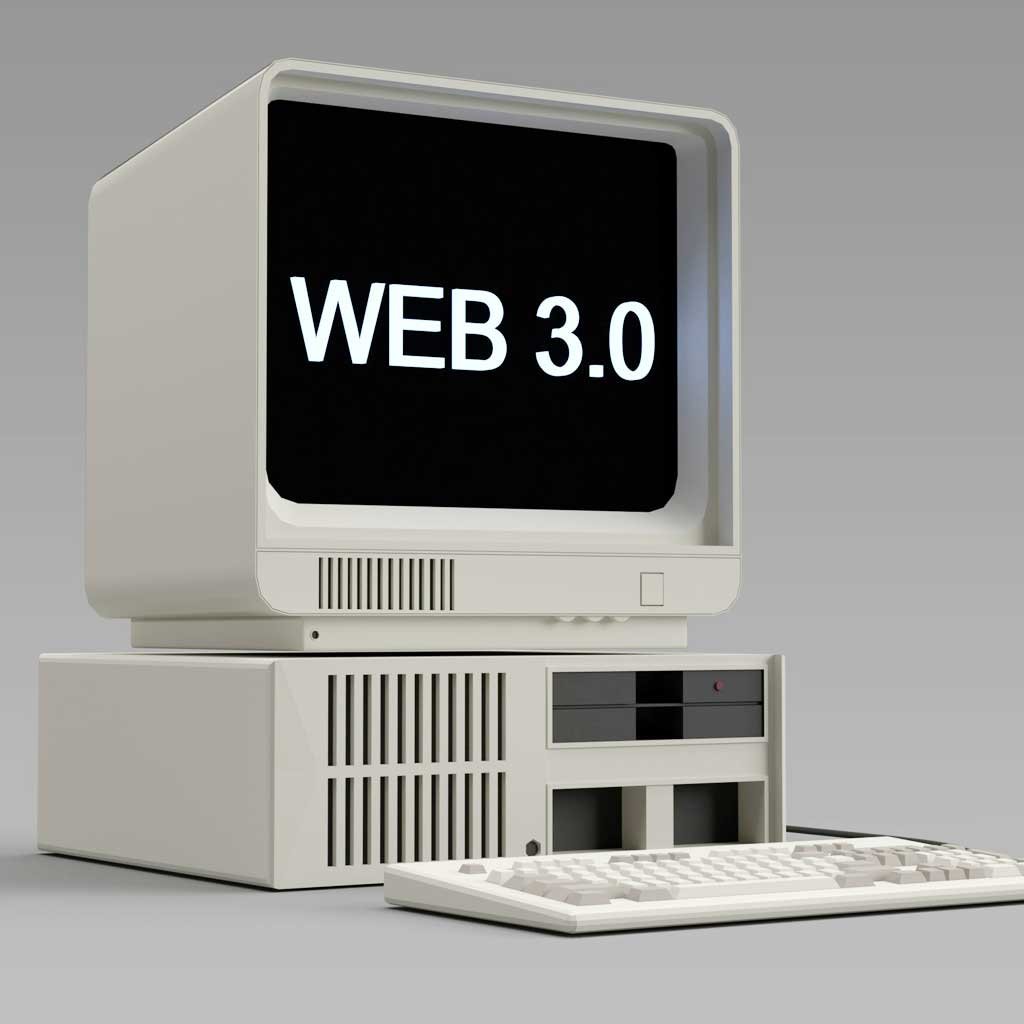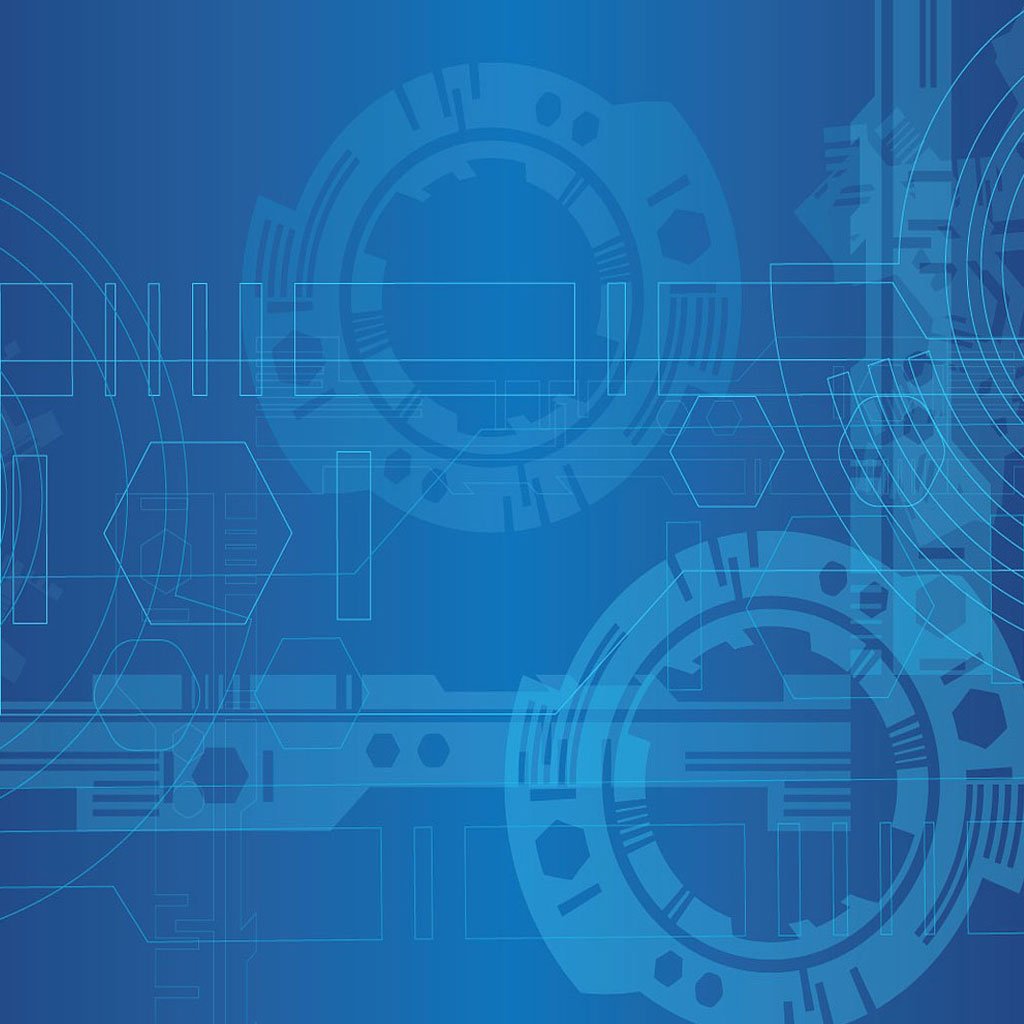
The Significance of Decentralized Finance (DeFi) in the Context of Web 3.0
Last updated: April 02, 2024 | Digital Techtune
Decentralized Finance (DeFi) has emerged as one of the most disruptive and transformative innovations in the realm of finance, particularly in the context of Web 3.0. Web 3.0, often referred to as the decentralized web, represents the next evolution of the internet, characterized by decentralization, interoperability, and enhanced user control. In this essay, we will explore the significance of DeFi within the framework of Web 3.0, examining its key features, benefits, challenges, and implications for the future of finance and the internet.
Understanding Web 3.0
Before delving into the significance of DeFi in the context of Web 3.0, it is essential to establish a foundational understanding of both concepts. Web 3.0 represents a paradigm shift from the centralized, siloed architecture of Web 2.0 to a more decentralized, interoperable, and user-centric internet ecosystem. Key characteristics of Web 3.0 include:
- Decentralization: Web 3.0 prioritizes decentralization, distributing control away from centralized authorities and towards a distributed network of nodes.
- Interoperability: Web 3.0 aims to enable seamless interoperability between different platforms, protocols, and applications, fostering greater connectivity and collaboration.
- Enhanced Privacy and Security: Web 3.0 seeks to enhance privacy and security through cryptographic techniques such as encryption and blockchain technology.
- User Control: Web 3.0 empowers users with greater control over their data, identity, and digital assets, reducing reliance on centralized intermediaries.
Decentralized Finance (DeFi)
DeFi refers to a broad ecosystem of decentralized financial applications and protocols built on blockchain technology, primarily Ethereum. Unlike traditional finance, which relies on centralized intermediaries such as banks and exchanges, DeFi operates on open, permissionless networks, enabling peer-to-peer transactions, automated smart contracts, and decentralized governance. Key components of the DeFi ecosystem include:
- Decentralized Exchanges (DEXs): DEXs facilitate peer-to-peer trading of digital assets without the need for intermediaries, offering greater transparency, security, and censorship resistance.
- Lending and Borrowing Protocols: DeFi platforms enable users to lend, borrow, and earn interest on digital assets through smart contracts, eliminating the need for traditional banking services.
- Stablecoins: Stablecoins are cryptocurrencies pegged to stable assets such as fiat currencies or commodities, providing stability and liquidity within the DeFi ecosystem.
- Automated Market Makers (AMMs): AMMs use algorithmic trading strategies to provide liquidity for decentralized exchanges, enabling seamless token swaps and price discovery.
- Decentralized Autonomous Organizations (DAOs): DAOs are community-governed organizations that use smart contracts to facilitate decentralized decision-making and governance.
Significance of DeFi in Web 3.0
1. Democratizing Access to Financial Services
DeFi plays a crucial role in democratizing access to financial services by removing barriers such as geographic location, wealth, and identity. In traditional finance, millions of people worldwide are excluded from basic financial services due to factors such as lack of documentation, credit history, or access to banking infrastructure. DeFi protocols enable anyone with an internet connection to access a wide range of financial services, including lending, borrowing, trading, and asset management, without the need for intermediaries or extensive documentation. This level of financial inclusion has the potential to empower billions of people globally, particularly those in underserved or marginalized communities.
2. Enhancing Financial Transparency and Trust
DeFi promotes transparency and trust through its open, auditable, and immutable nature. Unlike traditional financial systems, which are often opaque and prone to manipulation, DeFi operates on public blockchain networks, where all transactions and smart contract interactions are transparent and verifiable by anyone. This transparency fosters trust among users, as they can independently verify the integrity of transactions and the security of their assets. Furthermore, DeFi protocols are governed by code rather than centralized entities, reducing the risk of fraud, corruption, and human error.
3. Enabling Financial Innovation and Experimentation
DeFi serves as a hotbed for financial innovation and experimentation, enabling developers and entrepreneurs to create novel financial products and services without the need for permission or approval from centralized authorities. The open-source nature of DeFi allows for rapid iteration and collaboration, leading to the emergence of new concepts such as yield farming, liquidity mining, decentralized derivatives, and prediction markets. This culture of innovation not only drives the evolution of the DeFi ecosystem but also spurs broader innovation within the finance industry, as traditional institutions seek to adopt and integrate decentralized technologies into their operations.
4. Reducing Systemic Risk and Centralized Control
DeFi mitigates systemic risk and reduces reliance on centralized intermediaries by decentralizing key functions such as custody, clearing, and settlement. In traditional finance, the concentration of power and control within a few large institutions poses significant systemic risks, as demonstrated by the 2008 financial crisis and subsequent banking scandals. DeFi protocols distribute control among a network of users and validators, reducing the risk of single points of failure and systemic collapse. Furthermore, DeFi’s use of smart contracts automates many processes traditionally handled by intermediaries, eliminating the need for trust in third parties and reducing counterparty risk.
5. Fostering Global Financial Interoperability
DeFi promotes interoperability and connectivity between different blockchain networks, enabling seamless asset transfer and liquidity provision across disparate platforms. In traditional finance, interoperability between financial systems is limited by geographic borders, regulatory barriers, and incompatible infrastructure. DeFi protocols such as decentralized exchanges, cross-chain bridges, and interoperability protocols facilitate frictionless value transfer and asset portability between different blockchains, fostering greater liquidity, efficiency, and innovation in the global financial ecosystem. This interconnectedness lays the foundation for a truly borderless and inclusive financial system, where assets can flow freely and securely across jurisdictions.
Challenges and Risks
While DeFi offers immense potential benefits, it also faces several challenges and risks that must be addressed to realize its full potential:
Security Vulnerabilities: DeFi protocols are vulnerable to smart contract bugs, hacks, and exploits, which can result in significant financial losses for users. Ensuring the security and robustness of smart contracts is critical to mitigating these risks.
Regulatory Uncertainty: DeFi operates in a rapidly evolving regulatory landscape, with uncertain legal frameworks and jurisdictional challenges. Regulatory clarity is essential to foster innovation while ensuring consumer protection and financial stability.
Scalability: Scalability remains a major bottleneck for DeFi, as blockchain networks such as Ethereum struggle to handle the growing demand for transactions and computation. Scalability solutions such as layer 2 scaling and alternative blockchains are needed to support mass adoption.
User Experience: The user experience of DeFi applications can be complex and intimidating for non-technical users, hindering mainstream adoption. Improving usability, education, and user interfaces is crucial to onboard new users and enhance accessibility.
Market Manipulation: DeFi markets are susceptible to manipulation and volatility due to their relatively small size and lack of regulatory oversight. Robust risk management practices and market surveillance tools are necessary to mitigate these risks and protect users.
Conclusion
Decentralized Finance (DeFi) represents a paradigm shift in the way financial services are accessed, operated, and governed, particularly in the context of Web 3.0. By leveraging blockchain technology and decentralized networks, DeFi democratizes access to financial services, enhances transparency and trust, fosters financial innovation, reduces systemic risk, and promotes global interoperability. However, DeFi also faces significant challenges and risks, including security vulnerabilities, regulatory uncertainty, scalability limitations, user experience issues, and market manipulation. Addressing these challenges will be essential to realizing the full potential of DeFi and building a more inclusive, efficient, and resilient financial system for the future. As the DeFi ecosystem continues to evolve and mature, it has the potential to revolutionize not only finance but also the broader internet landscape, ushering in a new era of decentralized innovation and empowerment.

